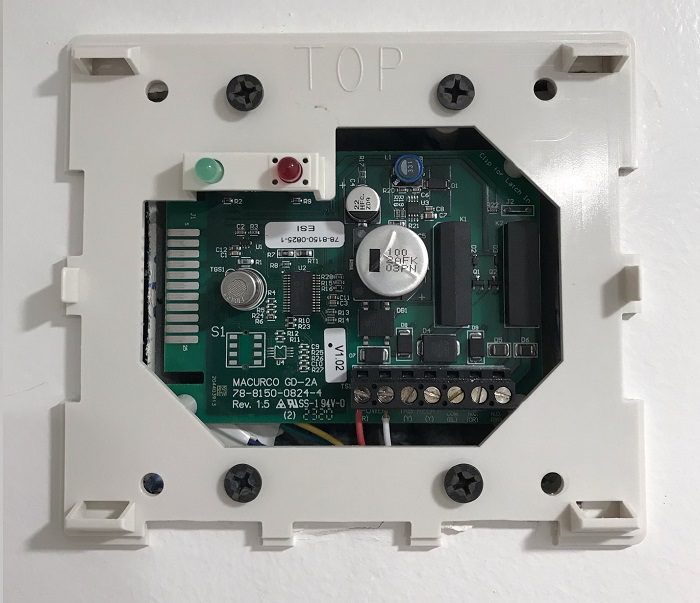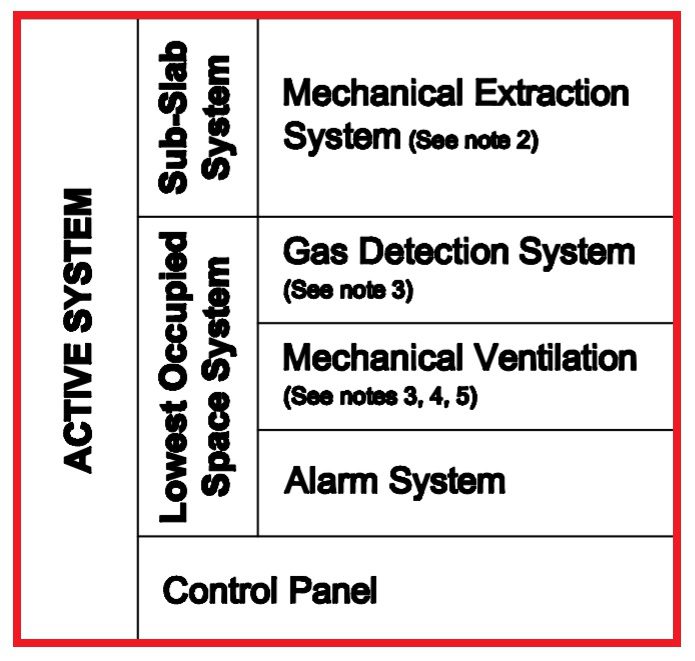Body-Wave Magnitude
Body-Wave Magnitude: A method for determining earthquake size from the amplitude of body waves. The body-wave magnitude focuses on P-waves and S-waves, which travel faster through the Earth’s crust and mantle.
Body-Wave Magnitude: A method for determining earthquake size from the amplitude of body waves. The body-wave magnitude focuses on P-waves and S-waves, which travel faster through the Earth’s crust and mantle.

Gravel Blanket in Methane Mitigation A gravel blanket is a 2-inch or 4-inch thick layer of gravel, sand, or approved material that transmits methane soil gas to the horizontal sub-slab perforated pipes and verticle vent riser of a passive methane mitigation system.

Seismology Seismology: (seis·mol·o·gy) a branch of geology and geophysics that relates to earthquakes, including but not limited to their causes, effects, hazards, and mitigation techniques. Seismologists at the United States Geological Survey (USGS) use cutting-edge technology to measure seismic wave properties and geological hazards that trigger them or are triggered by them. In turn, seismology…

Methane Alarm System Methane Alarm System: As per the Los Angeles Department of Building and Safety (LADBS) Methane Code, Ordinance Number 175790, a methane alarm system is part of an active methane mitigation plan. A methane alarm system is a group of interacting components and circuits that synchronize to monitor and annunciate the status of…

Geologic Time Scale The Geologic Time Scale is an international system used by geologists to classify and identify major geologic events and formations. The geologic timescale essentially categories the earth’s entire geologic (and biologic) history, within a series of defined eons, eras, periods, epochs, and ages. Updates & Maintenance The geologic time scale is continuously…

Tsunami Tsunami: In the seismology branch of geology, a tsunami is an oceanic wave (gravitational) that is produced by seismic activity on the ocean floor. Common triggers of tsunamis are large-scale short duration earthquakes, volcanic eruptions, or other submarine earth movements such as subsidence and slope failure.

Active Methane Mitigation Active Methane Mitigation: Active systems refer to the mechanical and electrical components of a methane mitigation system. In fact, the definition of an Active System is available in Methane Code (Ordinance No. 175790). This is a publication by the Los Angeles Department of Building and Safety (LADBS). Moreover, further descriptions of an…